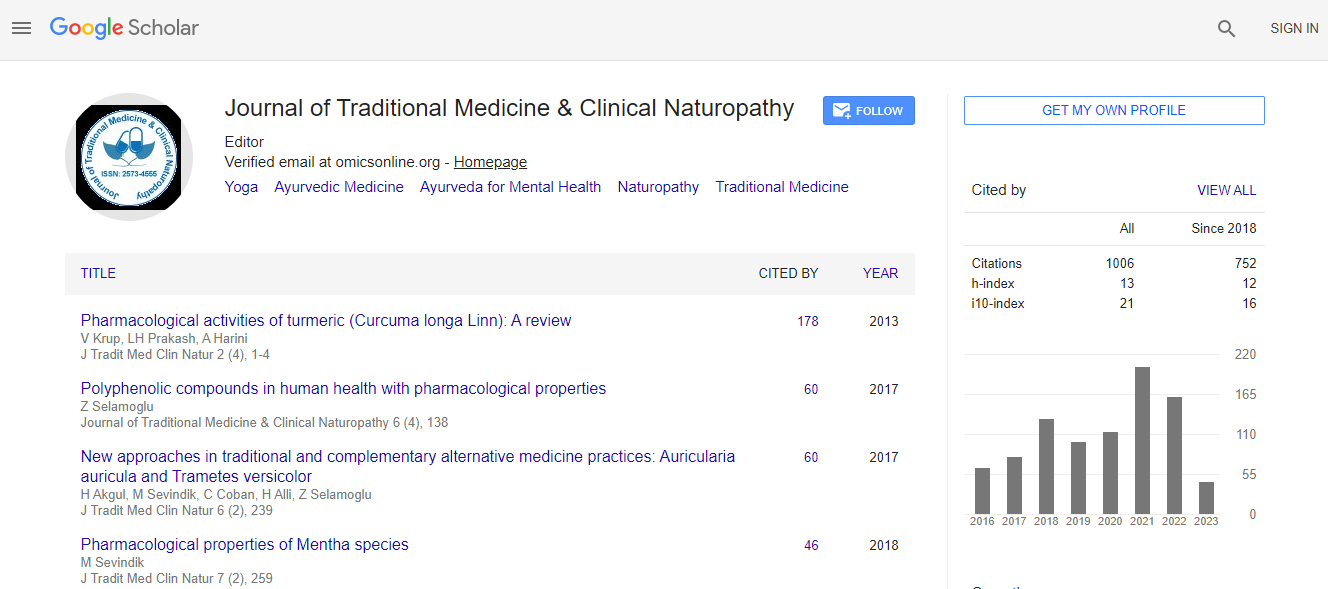Ethanol Extract of Ageratum conyzoides L. Protects Kidney against Carbon Tetrachloride芒聙聯Induced Toxicity in Rats
*Corresponding Author:Received Date: Nov 21, 2023 / Published Date: Jun 09, 2025
Citation: Antwi FS, Lansah R, Larbie C (2025) Ethanol Extract of Ageratum conyzoides L. Protects Kidney against Carbon Tetrachloride鈥揑nduced Toxicity in Rats. J Tradit Med Clin Natur 14: 497.
Copyright: © 2025 Antwi FS, et al. This is an open-access article distributed under the terms of the Creative Commons Attribution License, which permits unrestricted use, distribution and reproduction in any medium, provided the original author and source are credited.
Abstract
Background: Globally, kidney illnesses continue to pose a significant health burden. Furthermore, the use of medicinal plants to treat a variety of illnesses, including kidney disease, has become a great concern to researchers. Therefore, the goal of the current investigation was to determine how well Ageratum conyzoides leaf extracts might reduce oxidative damage and kidney injury caused by CCl4 in a rat model.
Methods: Haematological and biochemical indicators were used to evaluate the nephroprotective efficacy. Rat kidney homogenates were used to assess in vivo antioxidant activities, including TNF-α, TGF-β1, NF кβ1, and COX-2. The histological data were utilized to assess the amount of liver injury.
Results: Pro-inflammatory cytokine expression increases brought on by CCl4 insult were dramatically and dosedependently inhibited by ESE treatment. In addition, ESE significantly decreased the amount of lipid peroxidation in the kidney tissue and brought the levels of defensive antioxidant enzymes SOD, GSH, and CAT back to almost normal levels. The benefits of ESE against CCl4 induced hepatotoxicity damage were validated by histopathological analysis of the kidney; the maximum percentage of liver protection was observed when ESE was administered at a dosage of 500 mg/kg b.wt.
Conclusion: According to the findings, ESE protects the kidneys against CCl4-induced toxicity through antiinflammatory and anti-oxidative effects. This effect may be partly attributed to the phytochemicals such as triterpene, alkaloids, phenols, flavonoids, and saponins present.

